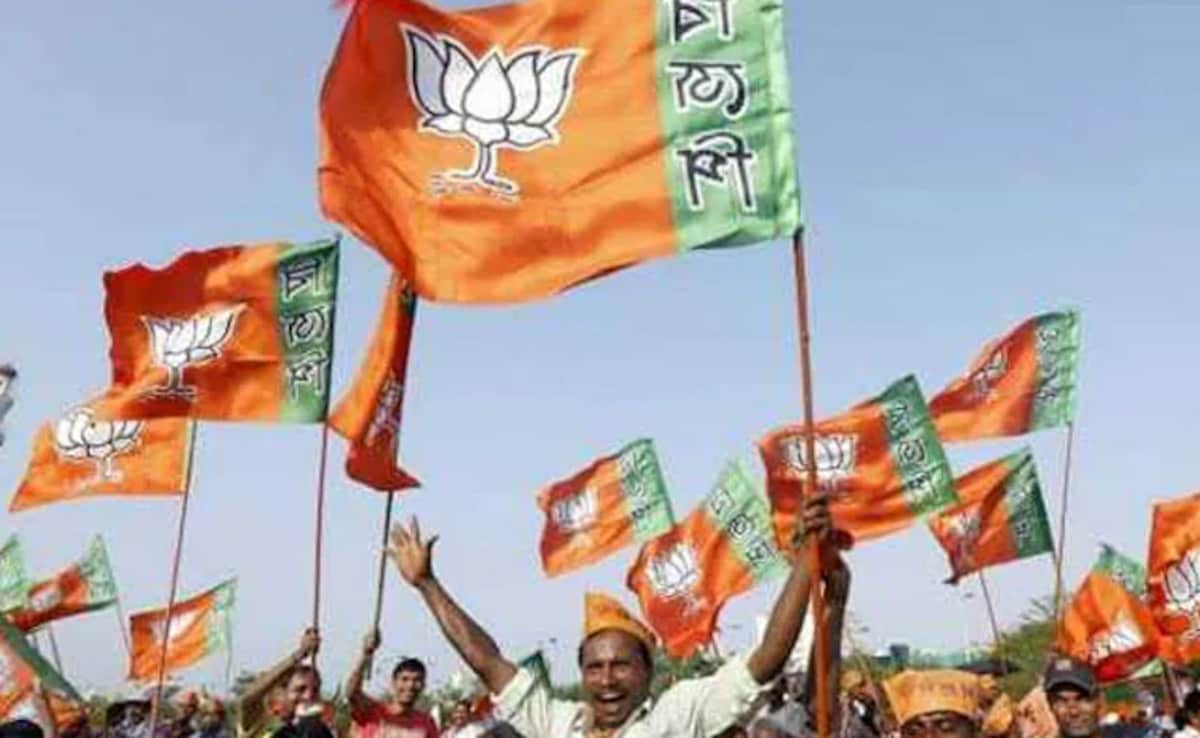
Pilots are exposed to high G-forces during ejection, which can also cause serious injuries.
New Delhi:
India’s indigenous fighter jet Tejas crashed near a hotel in Jaisalmer, Rajasthan today. The pilot ejected safely from the plane, but the plane burst into flames. The Indian Air Force has ordered a court of inquiry.
Video of the pilot ejecting from the jet shows the fighter jet gliding at low altitude. The jet glides from right to left in the camera footage as the pilot deploys his parachute and descends to the ground.
The unmanned Tejas fighter plane was losing altitude and crashed on the ground of a student dormitory a few meters away. A white parachute can be seen descending.
The pilot pulled the ejection seat, and the explosives under the seat blew off the fighter’s canopy, throwing the pilot into the air. A rocket under the seat guides the pilot to safety and deploys the parachute. During ejection, pilots experience G-forces up to 20 times those on Earth, which can cause serious injuries or even render them unable to fly.
zero-zero ejection seat
The ejection seat lifts the pilot from the aircraft to a safe distance and then deploys a parachute to allow the pilot to land safely on the ground. The Tejas uses British-made Martin Baker Zero Zero ejection seats.
The Zero Zero ejection seat is designed to eject the pilot from the zero position, which is a fairly high fixed position, to deploy the parachute. Zero position refers to zero altitude or zero velocity. In video of the crash, the pilot can be seen safely ejecting from just a few feet above the ground.
The Zero-Zero capability was developed to help pilots escape from unrecoverable situations in the event of a ground incident during low-altitude or low-speed flight and during takeoff or landing.
The ejection seat is part of the overall “Egress” system, which means “way of exit.” The system includes explosives under the seats, canopy and parachutes. The spray angle is crucial. The fighter moves forward with the projectile line perpendicular to it, moving the pilot away from the aircraft.
Project Brilliance
In a two-seat fighter jet, the co-pilot ejects first, followed by the lead pilot sitting in front. The air temperature during ejection is very high, and if the captain ejects first, the first officer may suffer severe burns.
Tejas is a single-seat fighter jet, and the Air Force also has a two-seat trainer model. The Indian Navy also operates a two-seater version. The first test flight of the Technology Demonstrator-1 (TD-1) took place in 2001. The second series production (SP2) Tejas aircraft in Initial Operating Clearance (IOC) configuration made its first flight on March 22, 2016.
The Tejas light fighter is a 4.5th generation multi-role fighter designed to undertake offensive air support and provide close combat support for ground operations.
Tejas is the smallest and lightest aircraft in its class, its size and extensive use of composite construction making it even lighter.
wait reply load…
Follow us on Google news ,Twitter , and Join Whatsapp Group of thelocalreport.in
















